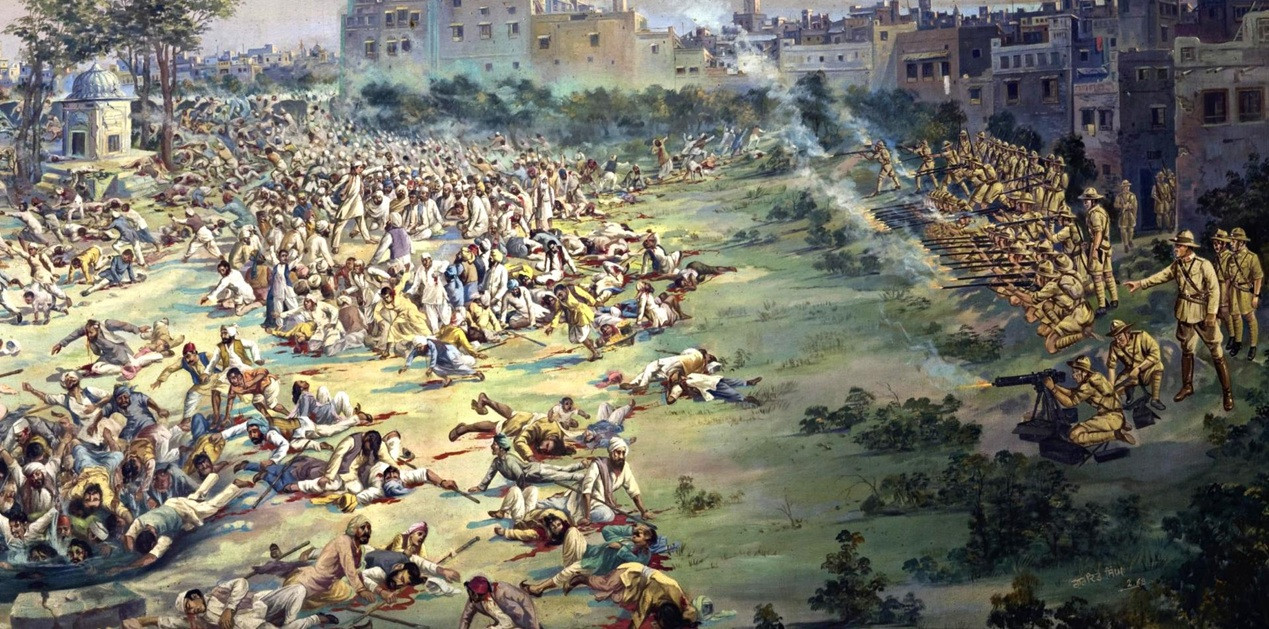A Night of Heat, Fear, and Darkness
On the night of 20 June 1756, a group of British soldiers, officials, and civilians were taken prisoner in Fort William in Calcutta (now Kolkata). The Nawab of Bengal, Siraj ud-Daulah, had attacked the British stronghold after growing angry at their fortifications and expanding influence.
After the fort fell, the surviving prisoners were herded into a tiny guardroom inside the fort. It measured roughly 14 by 18 feet, with only a few small, barred windows. According to later British accounts, around 146 people were forced into this suffocating space.
The tropical night was brutally hot. The prisoners were packed so tightly they could barely move. As the hours passed, they began to scream, fight for air, and claw at the walls. Some begged the guards to open the door. Others tried to break the bars. The guards, not fully understanding the chaos inside or simply unwilling to disobey orders, kept the door shut.
The Cell That Became a Tomb
Inside the room, the air turned poisonous. People fainted, trampled each other, or died standing up, pinned by the crowd. By the time the door was opened the next morning, only a fraction of those who had gone in were still alive.
The most famous survivor, John Zephaniah Holwell, later claimed that just 23 men came out alive. He described the cell as a “black hole” — a phrase that would stick in history.
Holwell’s story shocked Britain. Newspapers, pamphlets, and later books repeated his account of deliberate cruelty and unimaginable suffering. The event became known as The Black Hole of Calcutta, and it would be used for decades to justify anger against Indian rulers and support for British expansion in India.
History or Exaggeration?
But how much of this story is exactly true? That’s where things get darker in a different way.
Modern historians agree that a terrible tragedy did occur that night. Prisoners were definitely locked in a cramped room, and many died from suffocation and heat. But the exact numbers are disputed. Some researchers argue that far fewer than 146 people could even fit into the room. Others suggest that Holwell, writing after the event, may have exaggerated the scale of the horror to stir outrage back in Britain.
There is also debate about intent. Did Siraj ud-Daulah order this cruelty on purpose, or was it the result of confusion, poor communication, and careless guards who underestimated how deadly the confinement would be? No one can say for certain. The sources from the Nawab’s side are few, and most of what we know comes from the British themselves.
How One Night Changed an Empire
Whatever the exact truth, the Black Hole story had enormous consequences. When Robert Clive and British forces returned to Bengal the following year, they carried not just weapons, but a narrative of revenge and moral justification.
In 1757, at the Battle of Plassey, Clive defeated Siraj ud-Daulah with the help of local allies and betrayal within the Nawab’s own camp. This victory marked the beginning of large-scale British rule in India. The Black Hole became one of the emotional triggers that helped rally support for this expansion.
For generations, British schoolchildren were taught about the Black Hole of Calcutta as proof of “Oriental despotism” and the supposed need for British “civilizing” power. In India, however, the event came to be seen more as a story twisted and enlarged to suit colonial propaganda.
The Memory That Refuses to Fade
The site of the Black Hole once had a memorial put up by the British in Calcutta. After independence, it was moved, and public focus shifted to other struggles and tragedies. Yet the phrase “Black Hole of Calcutta” still survives in books, films, and popular memory.
Today, the story is a reminder of how history is not just about events, but about who tells the story. A single night of suffering in a tiny room became a powerful myth that helped reshape the destiny of an entire subcontinent.
Was it a deliberate act of cruelty, a deadly accident born from chaos, or a tragedy later magnified for political gain? The full truth is buried under layers of bias and time. But the image of that crowded, airless cell — the prison that drove men mad — still haunts the history of Kolkata, Bengal, and the rise of the British Empire in India.



